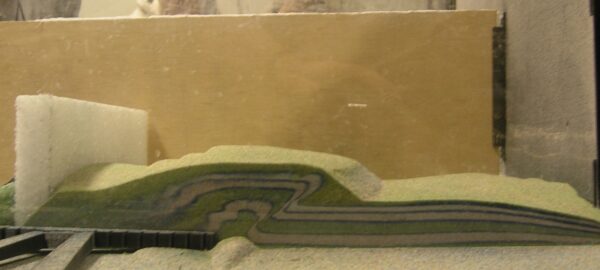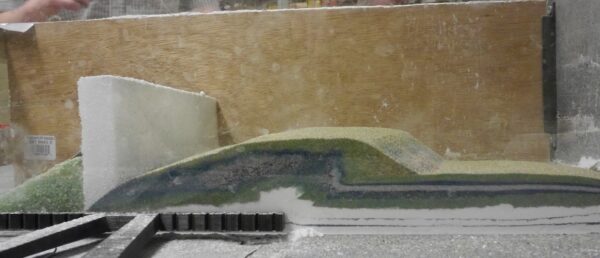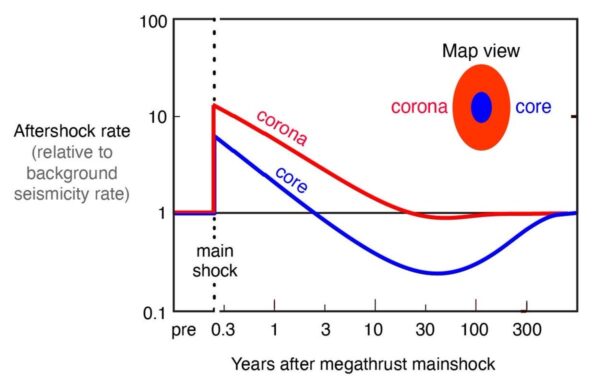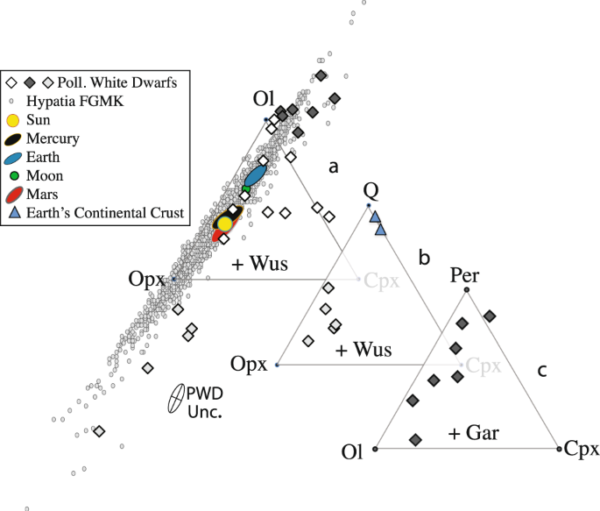Just out: a paper by me and education expert Bridget Mulvey grapples with the question: analogue sandbox models are cool, but are they effective teaching tools?
Analogue sandbox models are a way of demonstrating tectonic deformation processes in the classroom: the weirdness of physical scaling laws means that slowly squeezing and stretching a tub of sand produces faults and folds like those produced in the crust over geological timescales.


After building a sandbox model for some research, I wanted to use it in my classes, but the results of the first attempts were… disappointing. The students enjoyed running the experiments, but it didn’t seem to help them understand any better what structures you get in response to different strains, and the effect of weaker or stronger layers.
So, inspired by this article in Eos on cycle-based learning, I developed an activity where we did multiple runs of experiments, with students sketching predictions of what would happen beforehand, assessing those predictions afterwards and also reassessing predictions for experiments that have yet to be run. We kept track of how students’ understanding developed during the multiple cycles by scoring their predictive sketches for how realistic they were. We also tested their general spatial skills with a test before and after the activity.
And we did see improvements! Especially in students who had low scores in the spatial skills test taken before the activity, who did much, much better in the post-test. And importantly, students still seemed to enjoy this more structured activity.
So yes: analog sandbox models are cool, and can be effective teaching tools – if you design an activity that helps students focus on the things you want them to learn.
This post was collated from this Twitter thread.





Nice plan for content warnings on Mastodon and the Fediverse. Now you need a Mastodon/Fediverse button on this blog.